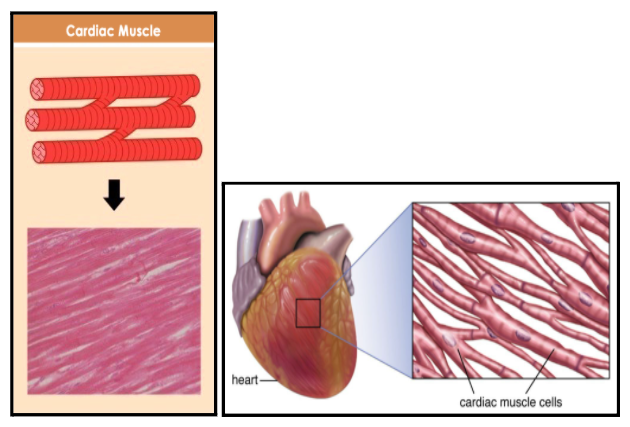-
Call Now
1800-102-2727
agra,ahmedabad,ajmer,akola,aligarh,ambala,amravati,amritsar,aurangabad,ayodhya,bangalore,bareilly,bathinda,bhagalpur,bhilai,bhiwani,bhopal,bhubaneswar,bikaner,bilaspur,bokaro,chandigarh,chennai,coimbatore,cuttack,dehradun,delhi ncr,dhanbad,dibrugarh,durgapur,faridabad,ferozpur,gandhinagar,gaya,ghaziabad,goa,gorakhpur,greater noida,gurugram,guwahati,gwalior,haldwani,haridwar,hisar,hyderabad,indore,jabalpur,jaipur,jalandhar,jammu,jamshedpur,jhansi,jodhpur,jorhat,kaithal,kanpur,karimnagar,karnal,kashipur,khammam,kharagpur,kochi,kolhapur,kolkata,kota,kottayam,kozhikode,kurnool,kurukshetra,latur,lucknow,ludhiana,madurai,mangaluru,mathura,meerut,moradabad,mumbai,muzaffarpur,mysore,nagpur,nanded,narnaul,nashik,nellore,noida,palwal,panchkula,panipat,pathankot,patiala,patna,prayagraj,puducherry,pune,raipur,rajahmundry,ranchi,rewa,rewari,rohtak,rudrapur,saharanpur,salem,secunderabad,silchar,siliguri,sirsa,solapur,sri-ganganagar,srinagar,surat,thrissur,tinsukia,tiruchirapalli,tirupati,trivandrum,udaipur,udhampur,ujjain,vadodara,vapi,varanasi,vellore,vijayawada,visakhapatnam,warangal,yamuna-nagar
Muscular System Definition and Types
Introduction:
- Muscles are the tissues that are responsible for the movement of the body, maintaining posture, and circulating blood throughout the body.
- Around 40-50% of body weight is made up of muscles.
- The muscular system in vertebrates is controlled by the nervous system, as the brain, nerves, and skeletal muscles work together to cause movement; collectively known as the neuromuscular system.
- Characteristics of muscles-
- Excitability
- Contractility
- Extensibility
- Elasticity - Largest muscle- Gluteus maximus (the muscle that makes up your bottom)
- Smallest muscle- Stapedius(deep inside your ear)
This concept includes-
- Types of muscles
- Structure of Skeletal Muscle
- Contractile Proteins
- Mechanism of muscle contraction
- Laws related to muscle contraction
- Cori’s Cycle
- Disorders related to muscle contraction
Types of Muscles
Introduction:
There are 3 types of muscles present in the human body-

Explanation
i. Skeletal Muscle
- Skeletal muscles are also known as striated or striped or voluntary muscles.
- These are attached to bones via tendons and are responsible for skeletal movements.
- The peripheral portion of the central nervous system (CNS) controls the skeletal muscles, therefore, is under conscious, or voluntary control.
- The basic unit of the skeletal muscle is the muscle fibres, which have many nuclei i.e., Syncytial.
- Each muscle fibre is cylindrical and is covered by a cell membrane called sarcolemma.
- These muscle fibres are striated, having light (I) and dark (A) bands.
- Two muscle proteins or proteinaceous myofilaments/myofibrils responsible for striations are:
a) Actin
b) Myosin - The bundles of myofibrils are surrounded by a sheath of fibrous connective tissue.

ii. Smooth Muscle
- These are also known as Visceral muscles, as these are located in the inner walls of hollow visceral organs of the body, like the alimentary canal, bladder, reproductive tract, etc.
- Being without striation and hence smooth in appearance, these are called smooth muscles (nonstriated muscles)
- These muscles are under the control of the Autonomic Nervous System(ANS) and hence cannot be controlled consciously. Therefore known as involuntary muscles.
- They assist in various functions like peristalsis and transportation of gametes through the genital tract etc.
- The non-striated (smooth) muscle cell is spindle-shaped and is uninucleated.
- These muscles are of two types-
1) Single unit muscles-
- Group of smooth muscles that shows synchronous contraction and relaxation are said to be single unit muscles.
- Example- Muscles of major physiological tracts like the gastrointestinal tract.
2) Multi-unit muscles-
- Muscles that function independently of one another.
- Example- Arrector pili and Iridial muscles.

iii. Cardiac Muscle
- Cardiac muscles are the muscles of the Myocardium (muscular layer of the heart wall).
- Cardiac muscles are also under the control of the autonomic nervous system and hence are considered as involuntary muscles.
- Cardiac muscle cells are cylindrical in shape and are uninucleated.
- Many cardiac muscle cells assemble in a branching pattern to form a cardiac muscle and based on appearance, cardiac muscles are considered as striated.
- Cell junctions of cardiac muscle cells fuse the plasma membranes and make the muscle cells stick together.
- There are specialized communication junctions(gap junctions) called intercalated discs at the fusion points of muscle cells which allow the cells to contract as a unit.
- Cardiac muscle fibres show rhythmic contraction and relaxation i.e, when one cell receives a signal to contract, the impulse travels to its neighbouring cells through intercalated discs and they are also stimulated to contract.

FAQs
Q1 A complete coordinated activity of muscular _______, _________ systems leads to locomotion.
Ans.
Skeletal systems and neural systems are hence termed neuromuscular systems which are a must requirement for locomotion to take place.
Q2 Define the term muscles. Give the characteristics of muscles.
Ans.
- Muscles are the tissues that are responsible for the movement of the body, maintaining posture, and circulating blood throughout the body.
- Characteristics of muscles-
- Excitability
- Contractility
- Extensibility
- Elasticity
Q3 What are the largest and the smallest muscles present in the human body?
Ans.
- Largest muscle- Gluteus maximus (the muscle that makes up your bottom)
- Smallest muscle- Stapedius(deep inside your ear)
Q4 Name the types of muscles present in the human body.
Ans.
a) Skeletal muscle
b) Smooth muscle
c) Cardiac muscle
Talk to our expert



